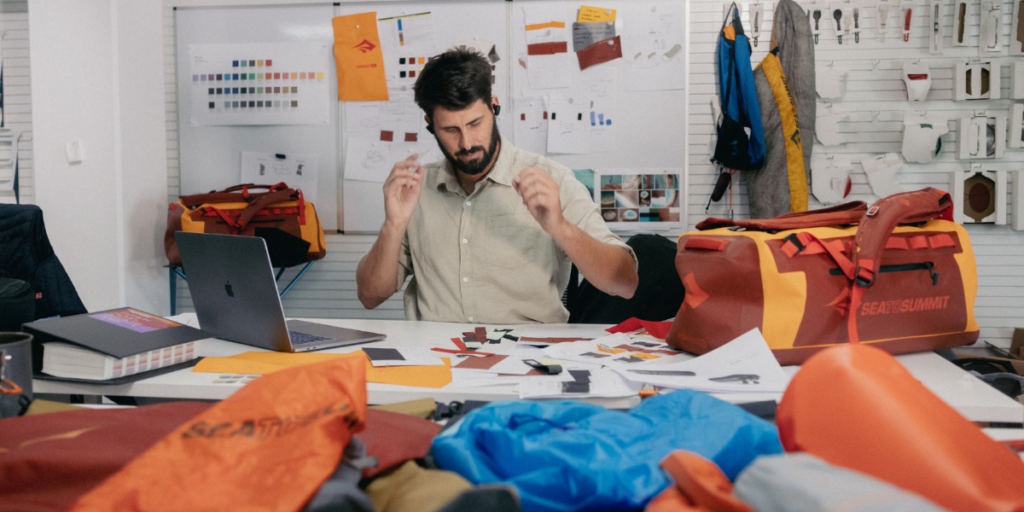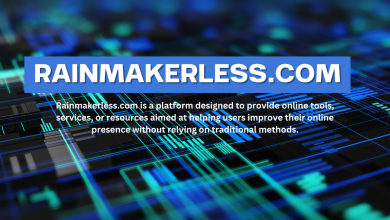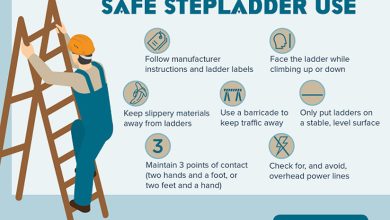
Enhancing Sustainability in Outdoor Gear with PLM Software
Sustainability has become one of the most pressing priorities for the outdoor and sports industries. With growing consumer awareness around environmental concerns, brands in these sectors are facing mounting pressure to adopt eco-friendly practices and deliver products that align with sustainability goals. One of the most effective tools for achieving this is Product Lifecycle Management (PLM) software. PLM for outdoor and sports products enables brands to enhance sustainability at every stage of product development, from sourcing and design to production and disposal.
By integrating sustainability into the entire lifecycle of a product, PLM software allows outdoor brands to make more informed decisions about materials, processes, waste management, and overall environmental impact. This article explores how PLM can facilitate sustainability efforts, helping brands not only meet consumer expectations but also adhere to evolving regulatory standards.
The Role of PLM in Sourcing Sustainable Materials
The journey toward sustainability begins with the materials used to create outdoor gear. Traditional manufacturing processes often rely on materials with high environmental costs—whether in terms of carbon footprint, water usage, or chemical waste. To mitigate these impacts, outdoor brands must make responsible material sourcing a priority. PLM software plays a key role in this process by centralizing data on the environmental credentials of various materials.
PLM systems can track and store detailed information about the sustainability of different textiles, plastics, metals, and chemicals. For example, designers and manufacturers can use the software to access data on biodegradable materials, recycled fabrics, or eco-friendly dyes. This allows product teams to make data-driven choices, ensuring that the materials selected for each product align with the brand’s sustainability goals.
Additionally, PLM software facilitates collaboration between designers, suppliers, and manufacturers, ensuring that sustainability is considered from the earliest stages of product development. Designers can work directly with suppliers to select materials that meet both performance and environmental standards. This proactive approach reduces the risk of having to make costly changes later in the process and helps ensure that sustainability remains a top priority throughout product design and manufacturing.
Streamlining the Supply Chain for Sustainability
Beyond material sourcing, PLM software also plays a critical role in improving the sustainability of the entire supply chain. In the outdoor gear industry, supply chains can be complex, with products often crossing multiple borders and requiring various stages of production. With PLM software, brands gain visibility into their entire supply chain, making it easier to identify areas for improvement in terms of sustainability.
One key area where PLM can make a significant impact is reducing transportation emissions. By tracking production timelines and locations, PLM systems enable brands to optimize transportation routes, consolidate shipments, and reduce the environmental impact of shipping. Additionally, PLM can help brands reduce packaging waste by optimizing the materials and sizes used for packing products, ensuring that products are shipped efficiently and with minimal environmental impact.
Supporting Compliance with Sustainability Regulations
The outdoor gear and sports industries are facing increasing pressure to comply with global regulations surrounding sustainability. Governments and regulatory bodies are introducing more stringent laws concerning chemical usage, material disposal, energy consumption, and recycling. Non-compliance with these regulations can result in fines, product recalls, and reputational damage. This is where PLM software provides significant value.
PLM systems automate the process of managing regulatory compliance, ensuring that products meet the latest environmental standards. For instance, PLM software can track the use of chemicals and hazardous substances, ensuring that products adhere to regulations such as REACH (Registration, Evaluation, Authorization, and Restriction of Chemicals) in Europe or CPSIA (Consumer Product Safety Improvement Act) in the United States. Additionally, PLM tools provide a clear audit trail, which is essential for proving compliance during inspections or audits.
By integrating compliance management into the PLM system, outdoor gear brands can mitigate the risk of non-compliance and reduce the time spent on manual checks. This allows them to focus on their sustainability goals while maintaining product safety and meeting legal requirements. PLM software can also assist in managing eco-labeling, ensuring that products are certified for their environmental standards and are eligible for recognized sustainability certifications such as Fair Trade or Global Organic Textile Standard (GOTS).
Enhancing Transparency and Building Consumer Trust
In today’s market, transparency is a powerful tool for building consumer trust, especially when it comes to sustainability. With increasing consumer demand for eco-friendly products, outdoor brands need to not only create sustainable products but also communicate their efforts clearly to their customers. PLM software enhances transparency by tracking every step of a product’s lifecycle, from raw material sourcing to manufacturing processes to end-of-life disposal.
By making this data available to consumers, brands can demonstrate their commitment to sustainability. For instance, a company can use PLM to track how much of a product is made from recycled materials or how much water was used during production. This information can be shared through product labels, websites, or marketing campaigns, giving consumers the information they need to make informed purchasing decisions.
Transparency also helps build brand loyalty. As consumers become more knowledgeable about the environmental impact of their purchases, they increasingly seek out brands that share their values. By using PLM software to provide insight into the sustainability of their products, outdoor brands can strengthen relationships with existing customers while attracting eco-conscious new buyers.
Driving Innovation in Sustainable Product Design
One of the most exciting aspects of using PLM software for sustainability is the potential it offers for innovation. By leveraging the data and insights provided by PLM systems, outdoor brands can identify new opportunities to reduce waste, improve energy efficiency, or create groundbreaking eco-friendly products. Whether it’s developing new sustainable materials, optimizing manufacturing processes, or creating more energy-efficient designs, PLM encourages a culture of continuous improvement.
For example, through the insights offered by PLM software, an outdoor brand might discover a way to reduce the weight of its gear without compromising performance, thus reducing the environmental impact associated with transportation. Alternatively, the software could reveal an opportunity to use biodegradable materials in product packaging, further reducing waste and enhancing the product’s eco-friendly appeal.



